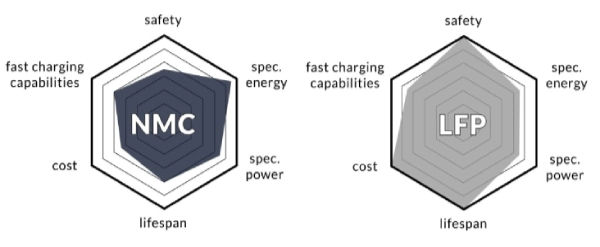Load Shifting Simplified: How and When to Use It, Benefits
- girish856
- Jan 14, 2025
- 1 min read
Updated: Jan 21, 2025
Load shifting is an energy management strategy that adjusts electricity use to off-peak hours, optimizing costs and supporting grid stability. Let’s explore what it entails, how to implement it, and when it’s most relevant.
What is Load Shifting?
Load shifting involves using electricity during off-peak hours when rates are lower. It reduces costs, eases grid demand, and promotes sustainability.
How to Implement Load Shifting
1. Energy Storage
Battery Systems: Store off-peak energy for peak use.
Thermal Storage: Store heating or cooling energy for later use.
2. Rescheduling Activities
Shift energy-intensive tasks like manufacturing or HVAC operations to off-peak times.
3. Demand Response Programs
Join utility programs that offer incentives for reducing peak-hour usage.
4. Automation
Use smart systems to monitor and shift loads automatically.
Benefits of Load Shifting
Cost Savings: Lower energy bills by leveraging off-peak rates.
Grid Stability: Reduce peak demand and prevent outages.
Sustainability: Use renewable energy more effectively and cut carbon emissions.
Energy Resilience: Gain backup power with storage systems.
When is Load Shifting Relevant?
High Peak Energy Costs: In areas with tiered or time-of-use rates.
Energy-Intensive Operations: Industries like manufacturing or data centers.
Grid Reliability Issues: Areas with frequent outages.
Energy Storage or Renewables: For businesses with solar PV or battery systems.
Demand Response Participation: Incentives for shifting usage.
Conclusion
Load shifting helps businesses cut costs, enhance efficiency, and support sustainability. By leveraging storage, automation, and rescheduling, organizations can optimize energy use and reduce their environmental impact.
Interested in load shifting solutions? Contact us for tailored strategies to meet your needs.



